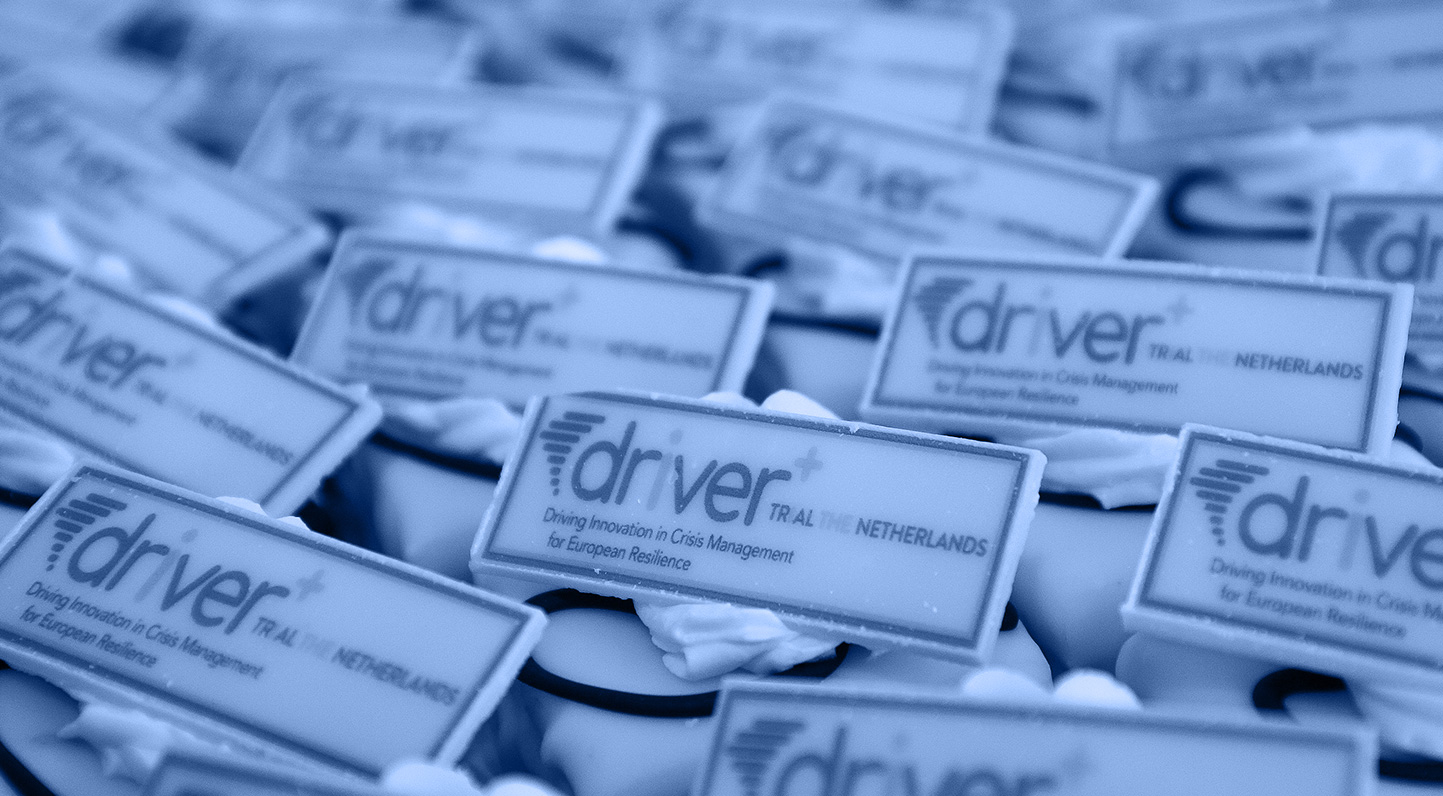
In the last chapter of the handbook you will find two pages for each tool or method which was referred to in the step descriptions. Please note that it is not a comprehensive description of tools and methods, but rather this chapter revolves around those used the most within DRIVER+ test-bed. While most participants might be familiar with a tool like Microsoft Excel or the brainstorming method, the understanding and generation of a baseline or the application of the DRIVER+ observer support tool are not that intuitive. We acknowledge that e.g. explanations on how to carry out proper brainstorming might be important, but publicly accessible knowledge bases on the Internet already provide good insights. Hence, we recommend searching online and select the results based on your needs. On the other hand, the understanding and generation of a baseline or the application of the DRIVER+ observer support tool are not that intuitive and we decided to give priority to non-intuitive tools and methods. In many cases you might also find interesting information through the DRIVER+ knowledge base which you can access through the trial guidance tool. The third chapter is basically there to introduce you briefly into broader methodological and technological DRIVER+ infrastructure environment.
The order of the described tools and methods reflects the order of the evolution of a trial:
- In the beginning five major methods are described. It starts with approaches to design base- and innovation lines, mainly relevant for the preparation phase. In addition, three overarching methods are described, related to societal impact assessments, taking into account research ethics as well as the overall performance measurement paradigm in DRIVER+ trials.
- They are followed by six major tools, which support the trial participants from the first step up to the evaluation of the trial: the trial guidance tool, the knowledge base, the trial action plan, and the portfolio of solutions. The last tool is a method at the same time: the lessons learnt library supports the trial participants in drawing broader conclusions from the observations during the trial execution.
- Finally, the test-bed technical infrastructure tools are described, which are mainly relevant for the execution.
